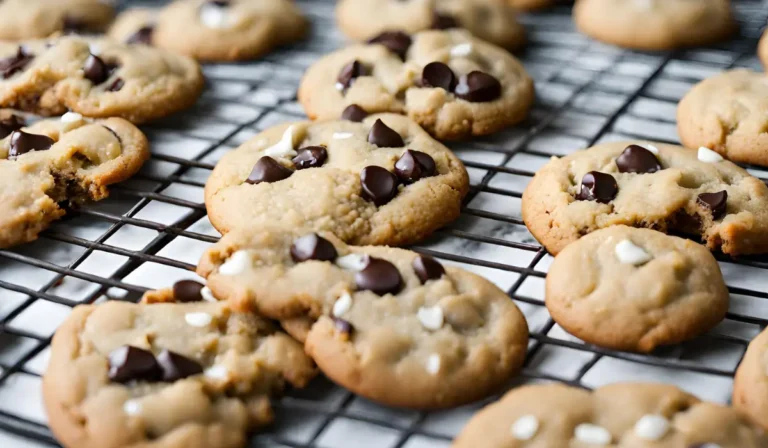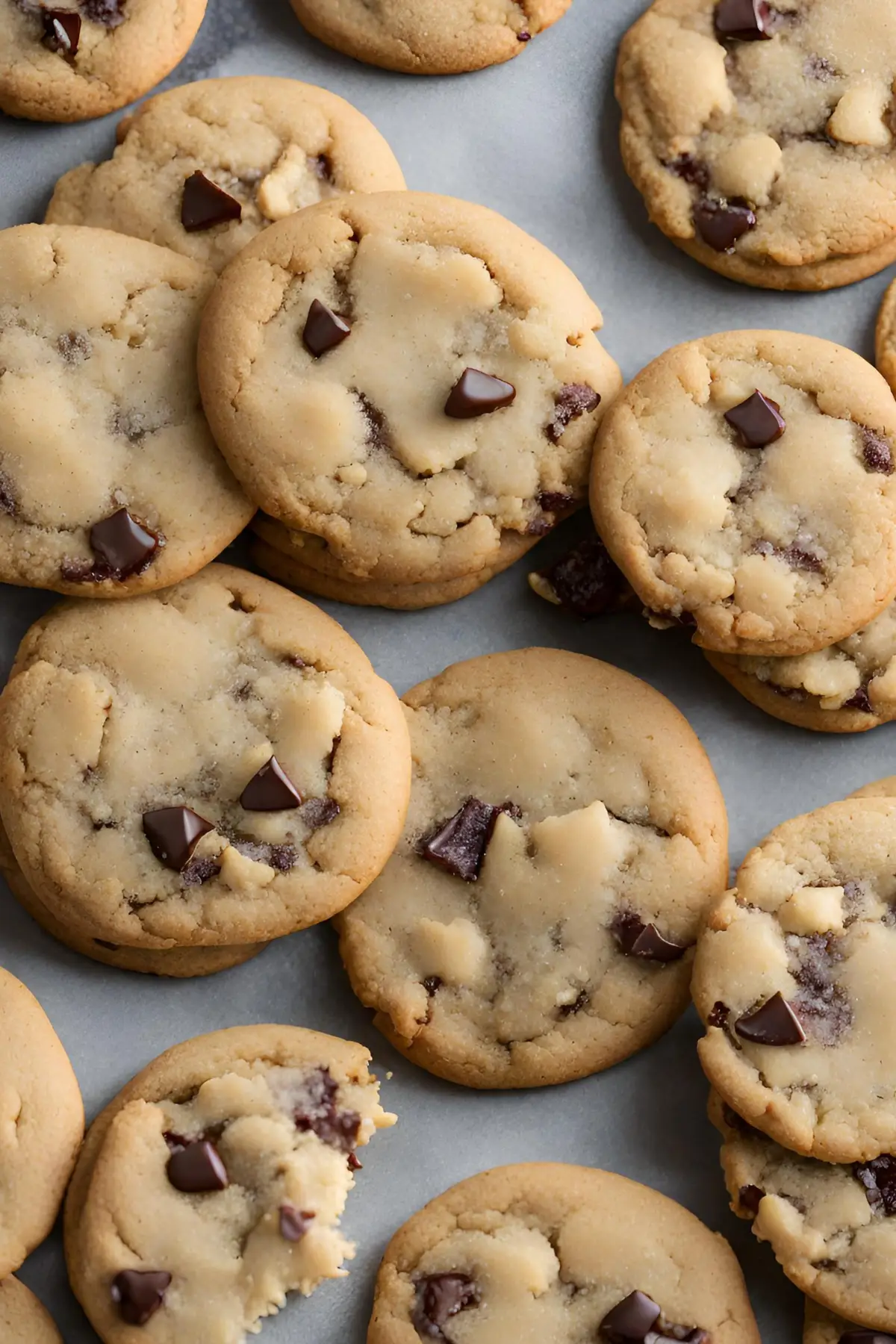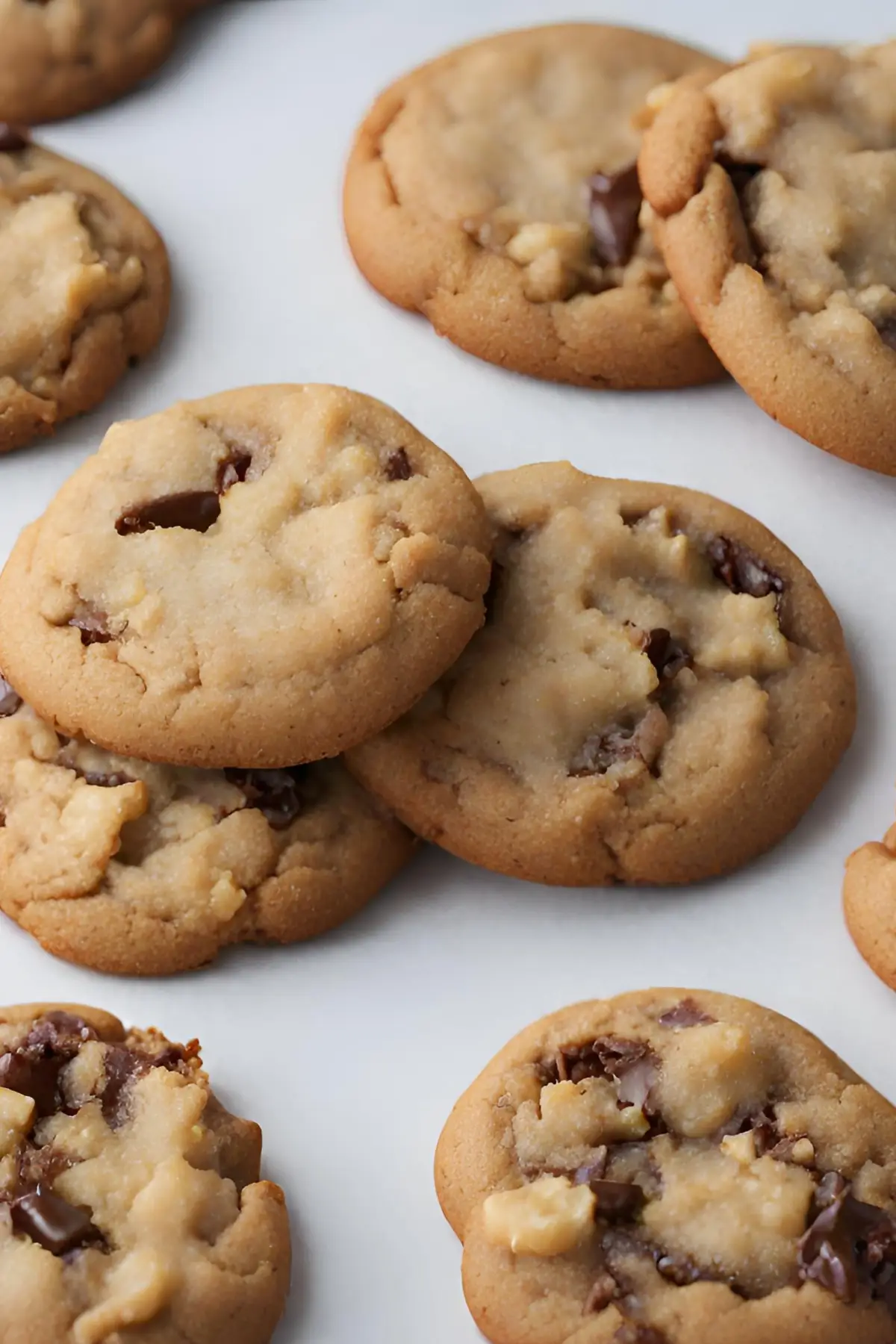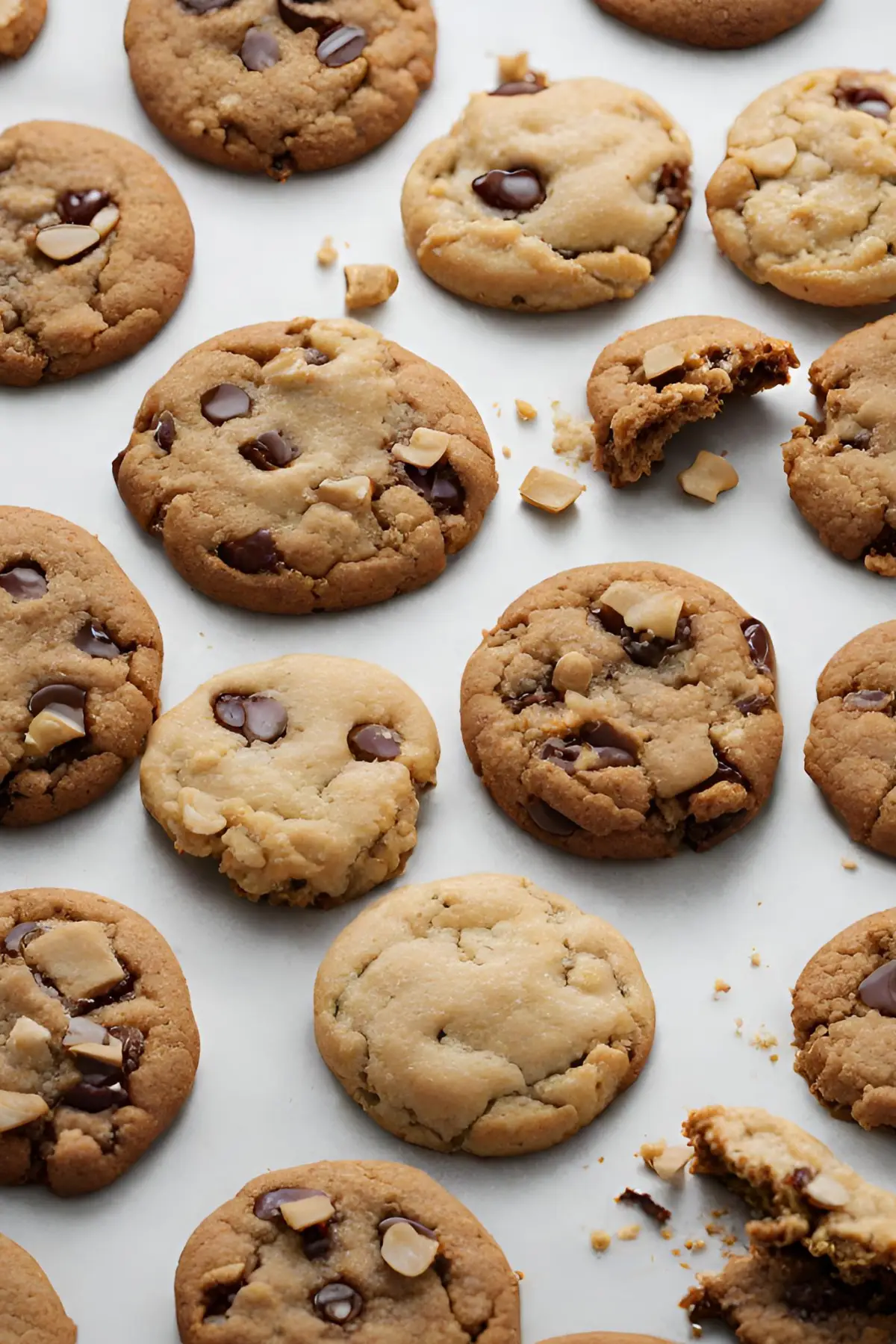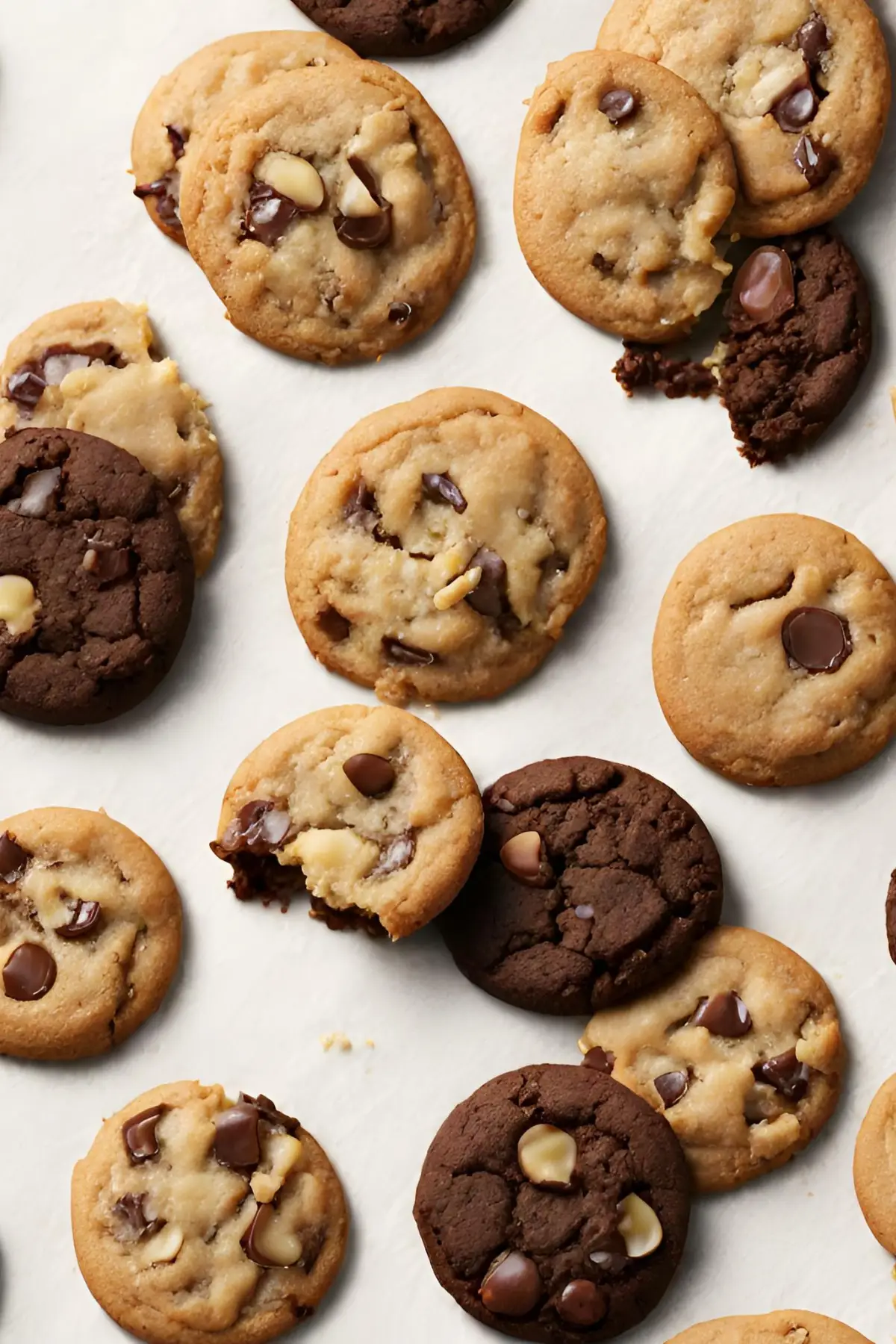The Art of Baking Perfect Cookies: A Comprehensive Guide
Introduction to Cookie Baking
Baking cookies is more than just a culinary activity; it’s a journey into the heart of many cultures and traditions. The history of cookies dates back centuries, evolving from simple sweet treats to a vast array of delectable delights. In this article, we’ll explore the essentials of cookie baking, from choosing the right ingredients to mastering various baking techniques.
Essential Ingredients for Cookie Recipes
Every cookie recipe begins with a foundation of key ingredients. Understanding these components is crucial for successful baking.
- Flour Types: The type of flour can significantly affect the texture of your cookies. Whether you’re using all-purpose, whole wheat, or a gluten-free alternative, each brings a unique quality to your cookies.
- Sweeteners: Sugar isn’t just about sweetness; it also contributes to the texture and color. From white granulated sugar to brown sugar and honey, each sweetener imparts its own flavor and characteristics.
- Fats: The choice between butter and oil can make a big difference in your cookies. Butter adds richness and flavor, while oil can make cookies softer and chewier. For more on the role of fats in baking, check out this comprehensive guide on Food Safety in Baking.
Types of Cookies
There’s a world of cookies out there, each with its unique preparation method and taste.
- Drop Cookies: Think of classics like Chocolate Chip and Peanut Butter cookies. They are made from a soft dough dropped onto a baking sheet.
- Rolled Cookies: These include favorites like Sugar Cookies and Gingerbread. The dough is rolled out and cut into shapes.
- Refrigerator Cookies: Dough is shaped into logs, chilled, and then sliced before baking.
Step-by-Step Guide to Making Perfect Cookies
Baking the perfect cookie is an art that combines precision, creativity, and a bit of culinary science. Here’s a detailed guide to help you bake cookies that are sure to impress.
1. Gather Your Ingredients
- Flour: The base of most cookie recipes.
- Sugar: White, brown, or a mix of both.
- Butter: Unsalted is usually preferred.
- Eggs: Typically at room temperature.
- Leavening Agents: Baking soda or baking powder.
- Salt: Enhances flavor.
- Vanilla Extract: For added flavor.
2. Preparing Your Baking Space
- Preheat your oven to the temperature specified in your recipe.
- Line baking sheets with parchment paper or silicone baking mats.
- Ensure all ingredients are measured and ready.
3. Mixing the Dough
- Cream the butter and sugar together until light and fluffy.
- Beat in eggs one at a time, then stir in the vanilla extract.
- In a separate bowl, whisk together the flour, baking soda (or powder), and salt.
- Gradually blend the dry ingredients into the creamed mixture.
4. Shaping the Cookies
- For drop cookies, use a spoon or cookie scoop to form balls of dough.
- For rolled cookies, roll out the dough on a floured surface and cut into shapes.
- Place cookies on the prepared baking sheets, leaving space between them.
5. Baking
- Bake in the preheated oven for the time specified in your recipe, or until the edges are lightly browned.
- Rotate the baking sheets halfway through for even baking.
6. Cooling and Storing
- Let cookies cool on the baking sheet for a few minutes before transferring to a wire rack to cool completely.
- Store in an airtight container to maintain freshness.
7. Decorating (Optional)
- Once cooled, decorate with icing, chocolate, or sprinkles as desired.
Tips for Perfect Cookies
Baking the perfect cookies is an art that combines both skill and creativity. Here are some tips to ensure your cookies come out beautifully every time:
-
Use Room Temperature Ingredients: Ingredients like butter and eggs should be at room temperature unless the recipe specifies otherwise. Room temperature ingredients blend more easily and evenly, ensuring a smoother dough.
-
Don’t Overmix the Dough: Overmixing the dough can lead to tough cookies because it develops the gluten in the flour. Mix just until the ingredients are combined.
-
Experiment with Add-Ins: Adding ingredients such as chocolate chips, nuts, or dried fruits can take your cookies from good to great. Feel free to experiment with different combinations to find your favorite flavors.
-
Monitor Baking Times Closely: Oven temperatures can vary, so keep a close eye on your cookies as they bake. Even a minute too long in the oven can take them from perfectly baked to overdone.
By adhering to these steps and incorporating these tips, you’ll enhance your chances of baking cookies that aren’t just delicious but are also a feast for the eyes. Embrace the joy of baking and let your culinary creativity shine!
Customizing Your Cookie Recipes
Cookie recipes offer a fantastic canvas for customization, allowing you to tailor each batch to your tastes or dietary needs. Here’s how you can personalize your cookie recipes:
-
Flavor Variations: Don’t hesitate to get creative with different extracts (like almond or vanilla), spices (cinnamon, nutmeg), or citrus zests (lemon, orange) to infuse your cookies with unique and delightful flavors.
-
Add-Ins: Incorporate nuts, chocolate chips, or dried fruits to add both texture and flavor depth to your cookies. These add-ins can transform a simple dough into something extraordinary.
-
Special Diets: Catering to vegan or gluten-free diets doesn’t mean sacrificing flavor. Substitute traditional flours with gluten-free options and fats with plant-based alternatives to accommodate various dietary restrictions without compromising on taste.
Embracing these customization tips will not only enhance your baking skills but also allow you to create cookies that are uniquely yours, satisfying a wide range of preferences and dietary needs. Dive into the world of cookie baking with an open mind and a ready spatula, and enjoy the endless possibilities it offers.
Decorating and Presentation Ideas
The decoration and presentation of your cookies can transform them from homemade treats into works of art. Here are some ideas to inspire your next batch:
-
Icing and Glazes: A well-executed icing or glaze not only enhances the flavor but also the visual appeal of your cookies. Whether you opt for a simple sugar glaze or a more elaborate royal icing, the key is to achieve a balance that complements the cookie’s taste and texture.
-
Creative Decorating Tips: Personalize your cookies with a variety of decorations such as sprinkles, edible glitter, or themed adornments that match the occasion. Techniques like piping intricate designs or using cookie stamps can add a professional touch.
-
Packaging Ideas: When gifting cookies, presentation is crucial. Use decorative boxes, tins, or cellophane bags tied with ribbons to turn your cookies into a thoughtful and visually appealing gift. Personalized labels or tags can add a special touch.
Storing and Keeping Cookies Fresh
Ensuring your cookies remain fresh and delicious is as important as their taste and appearance. Here are some tips for proper storage and preservation:
-
Storage Practices: Store cookies in airtight containers to maintain their freshness and texture. Separate different types of cookies into different containers to prevent flavors from mingling.
-
Freezing Cookies: Both cookie dough and baked cookies can be frozen for later use. Freeze dough in small balls or slices for easy baking, and place parchment paper between layers of baked cookies to prevent them from sticking together.
-
Reviving Stale Cookies: If your cookies have lost their freshness, you can often revive them by heating them in the oven at a low temperature for a few minutes. This can help restore their original crispness or chewiness.
By incorporating these decorating, presentation, and storage strategies, you’ll not only elevate the aesthetic appeal of your cookies but also ensure they taste as good as they look, whether they’re enjoyed immediately or savored over time. Whether you’re baking for a special occasion or simply indulging in a baking project, these tips will help you achieve cookie perfection.
FAQs
Addressing common queries can help improve your baking experience.
- Baking Problems: Solutions for common issues like spreading or uneven baking.
- Ingredient Substitutions: Tips for replacing ingredients without compromising quality.
- Baking with Kids: Safe and fun ways to involve children in the baking process.
Conclusion
Cookie baking is an art that allows for endless creativity and personalization. Whether you’re a novice or a seasoned baker, there’s always something new to learn and experiment with. Remember, the key to perfect cookies lies in understanding the basics and then adding your personal touch. Happy baking!
PrintA.P. Cookies Recipe: Your Guide to Baking Perfect Cookies
- Total Time: 27 minutes
- Yield: 36 cookies
- Diet: Vegetarian
Description
A versatile and foolproof cookie recipe that serves as a fantastic base for countless variations. Perfect for beginners and seasoned bakers alike, these cookies boast a delightful balance of crisp edges and chewy centers.
Ingredients
- 1 cup unsalted butter, room temperature
- 1 cup granulated sugar
- 1/2 cup brown sugar, packed
- 2 large eggs, room temperature
- 1 teaspoon vanilla extract
- 3 cups all-purpose flour
- 1 teaspoon baking soda
- 1/2 teaspoon salt
- 2 cups mix-ins (chocolate chips, nuts, dried fruits, etc.)
Instructions
- Preheat the oven to 350°F (175°C) and line baking sheets with parchment paper.
- In a large bowl, cream together the butter, granulated sugar, and brown sugar until light and fluffy. Beat in the eggs, one at a time, then stir in the vanilla.
- In another bowl, whisk together the flour, baking soda, and salt. Gradually beat the dry ingredients into the creamed mixture. Fold in your choice of mix-ins.
- Drop by rounded spoonfuls onto the prepared baking sheets. Bake for 10-12 minutes, or until edges are lightly browned.
- Allow cookies to cool on baking sheets for 5 minutes before transferring to wire racks to cool completely.
Notes
- For best results, use room temperature ingredients.
- Avoid overmixing the dough to keep cookies tender.
- Feel free to customize with your favorite add-ins.
- Prep Time: 15 minutes
- Cook Time: 12 minutes
- Category: Dessert
- Method: Baking
- Cuisine: American
Nutrition
- Serving Size: per cookie, approximate
- Calories: 150 kcal
- Sugar: 12 g
- Sodium: 95 mg
- Fat: 7 g
- Saturated Fat: 4 g
- Carbohydrates: 20 g
- Protein: 2 g
- Cholesterol: 20 mg

